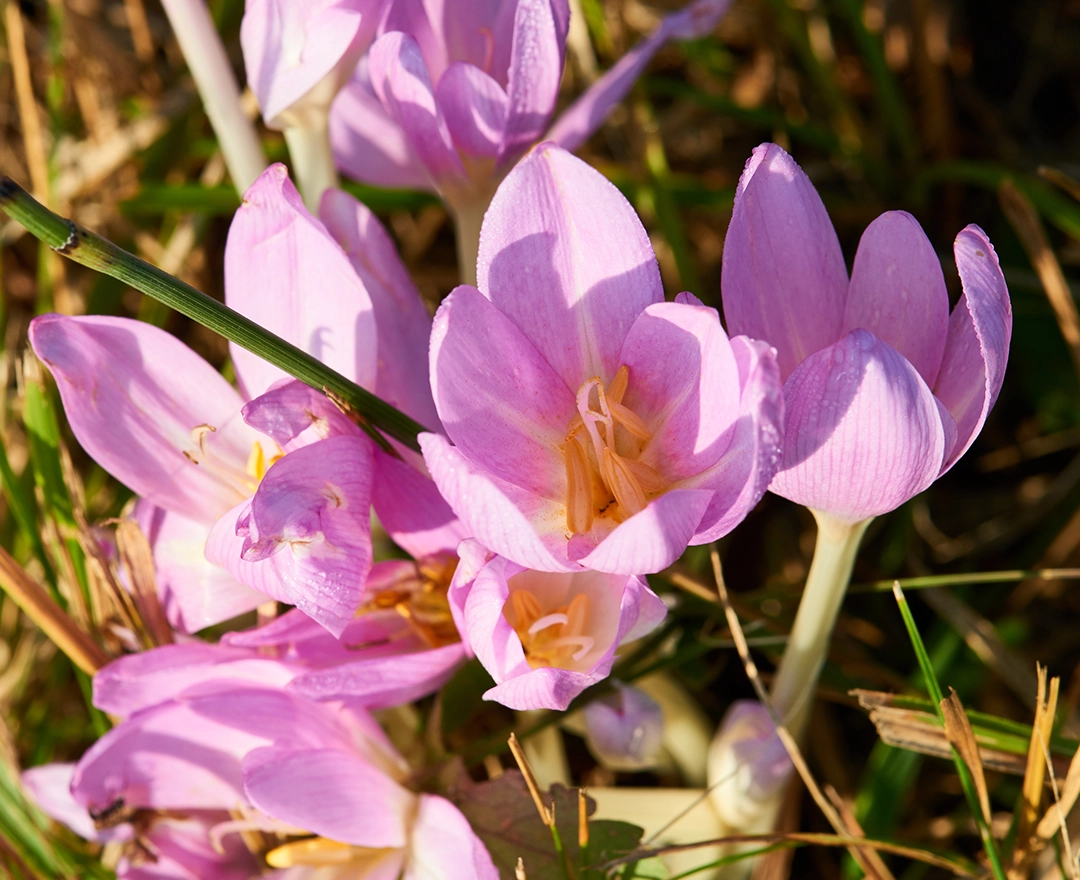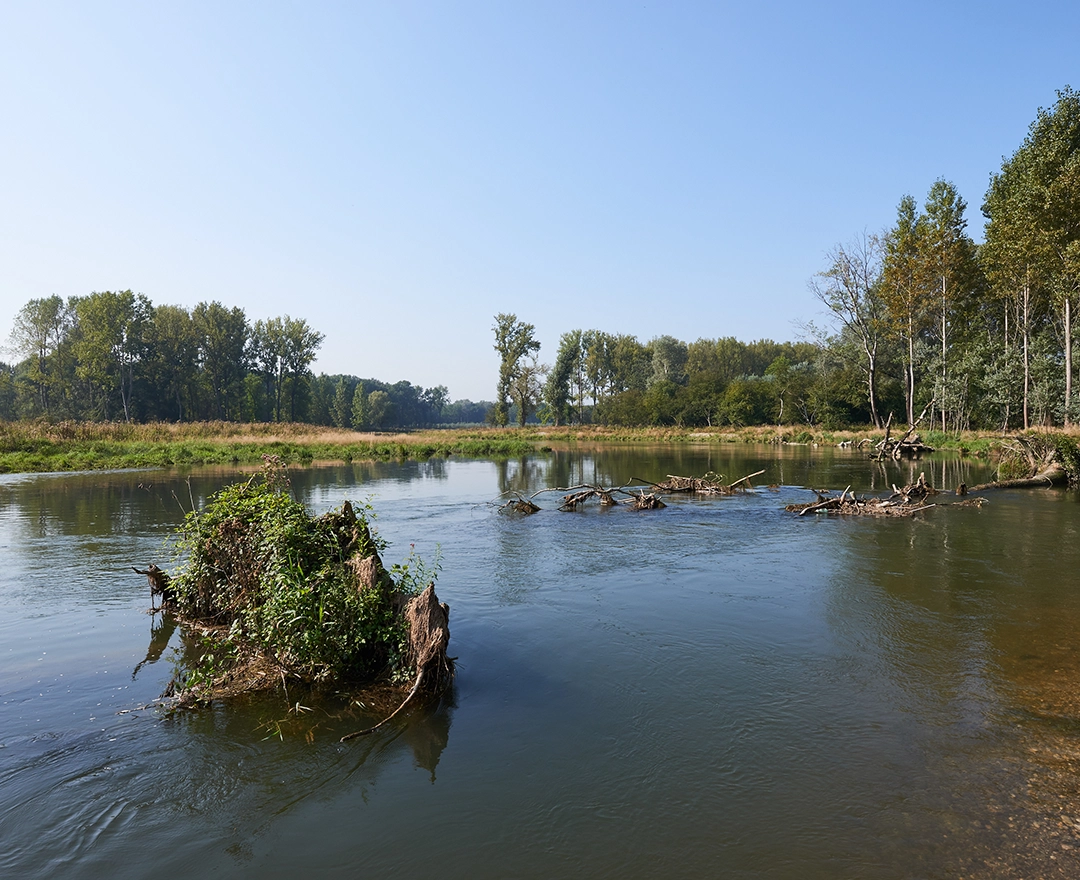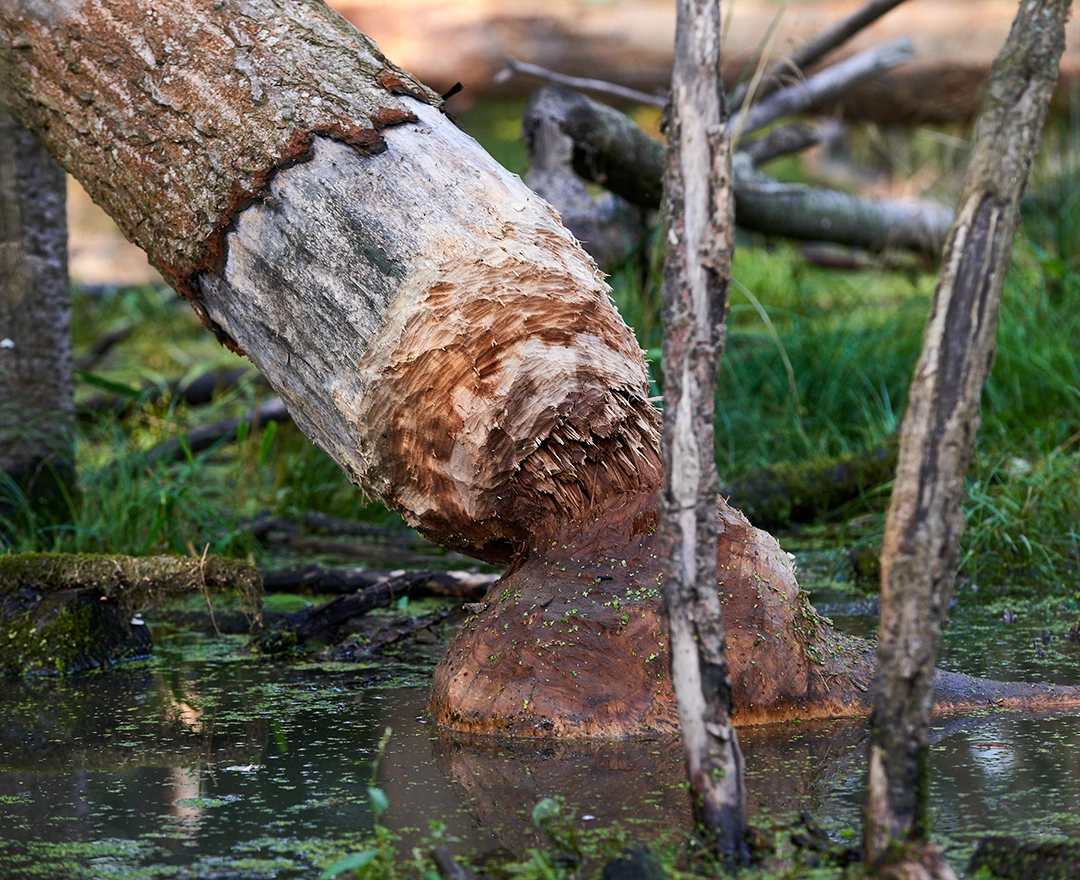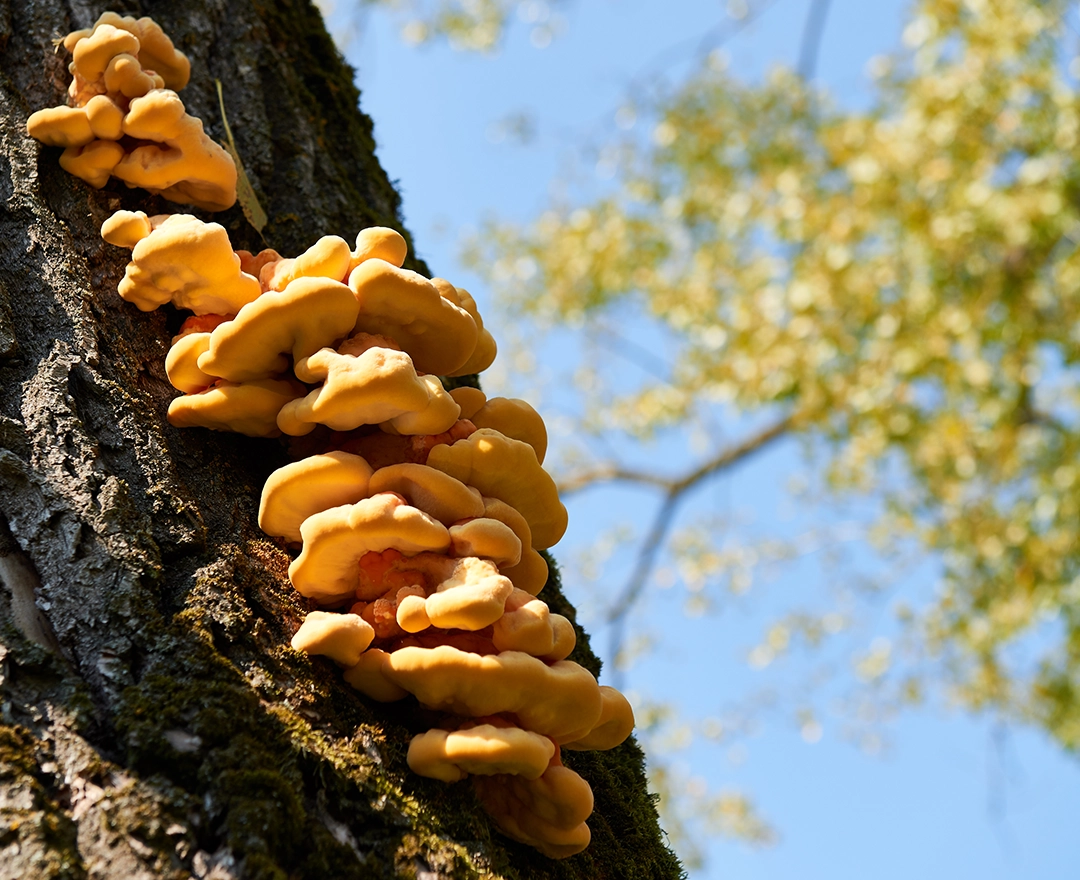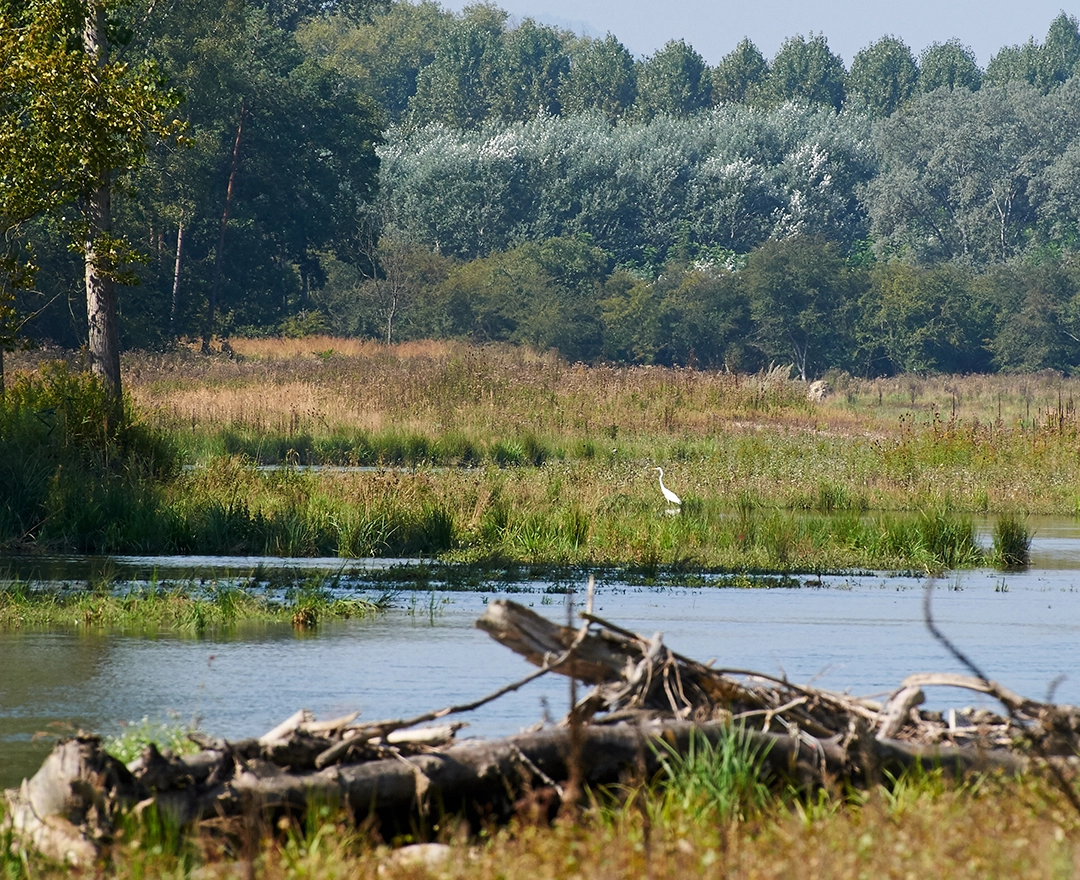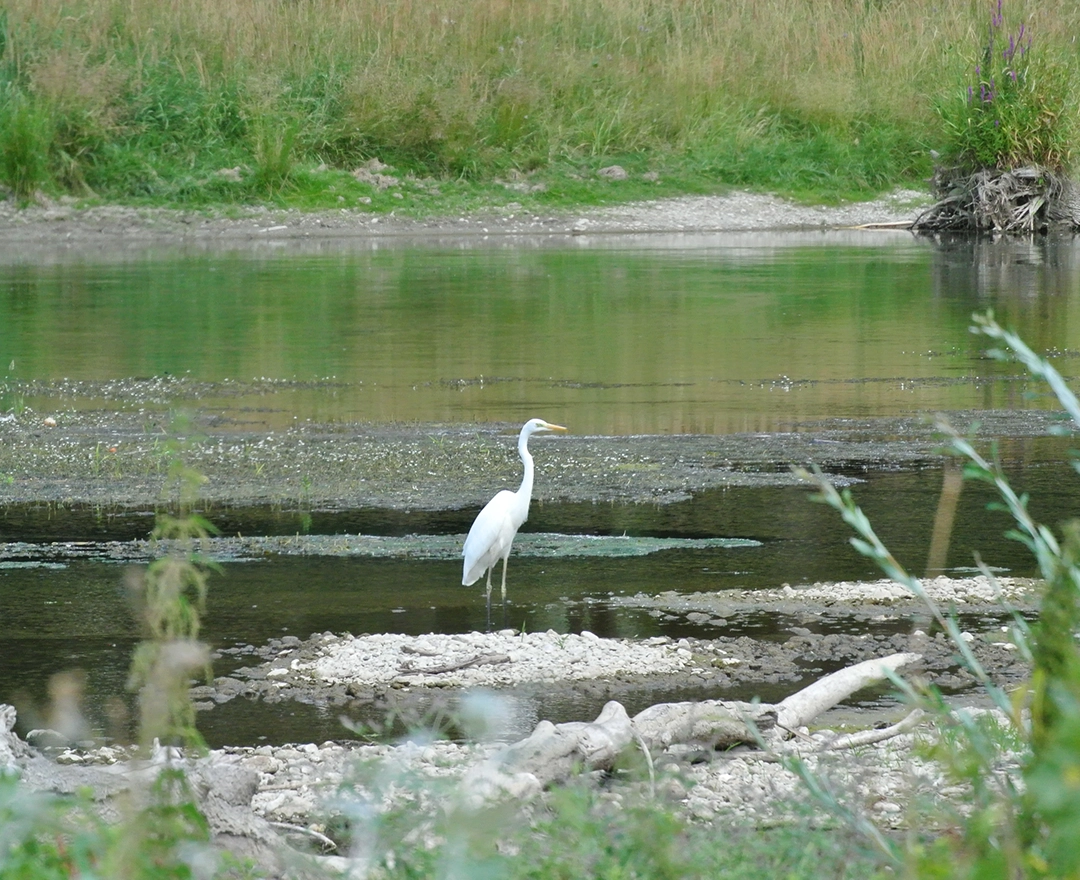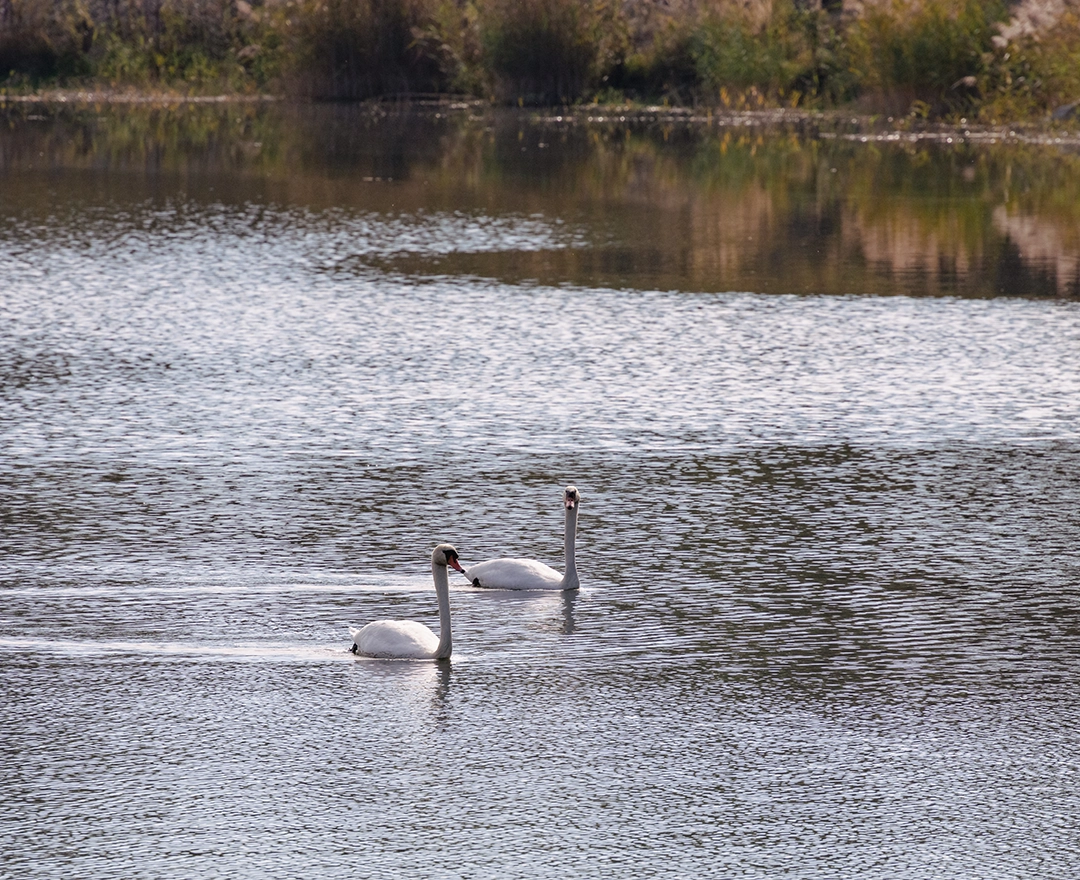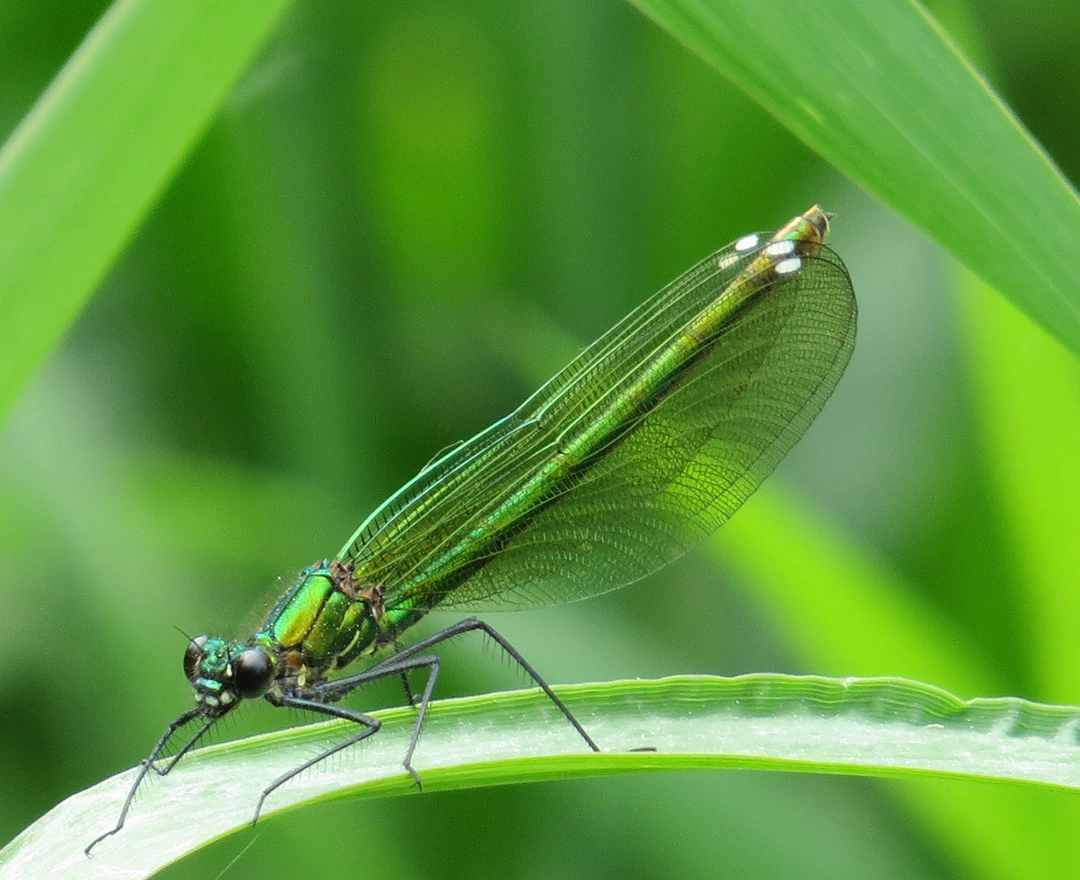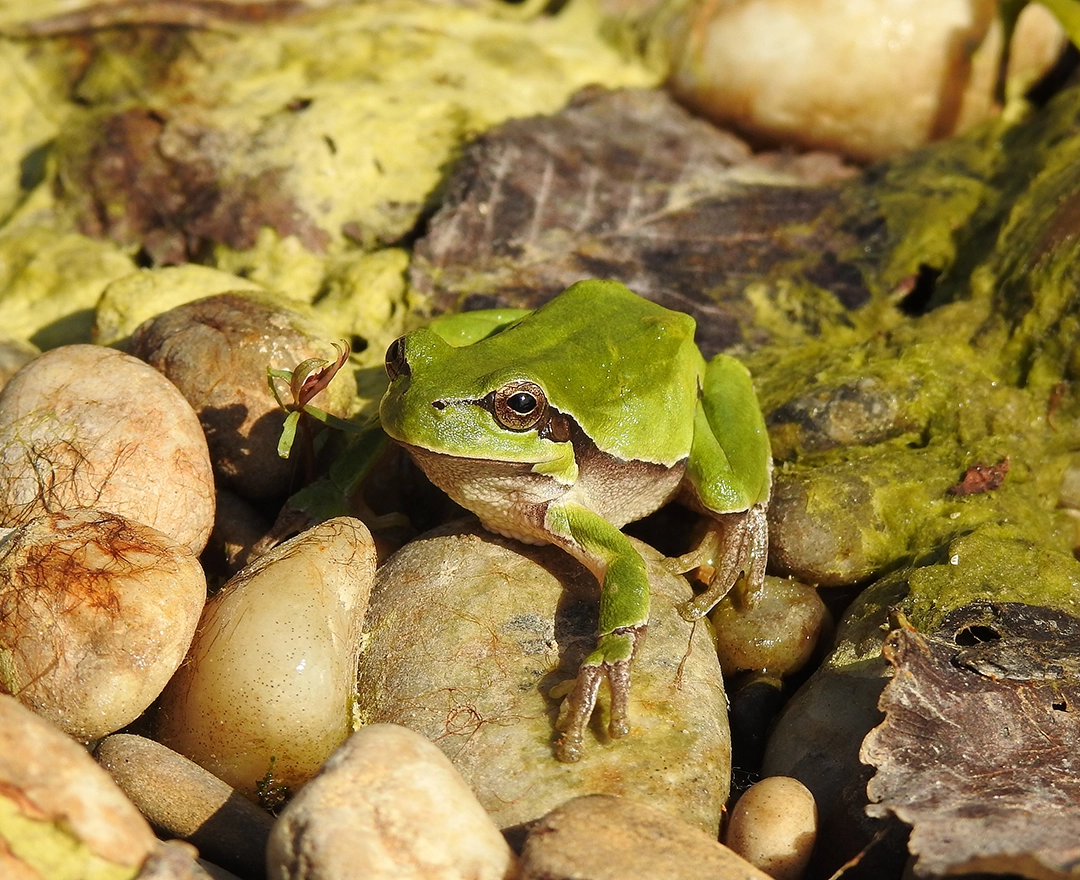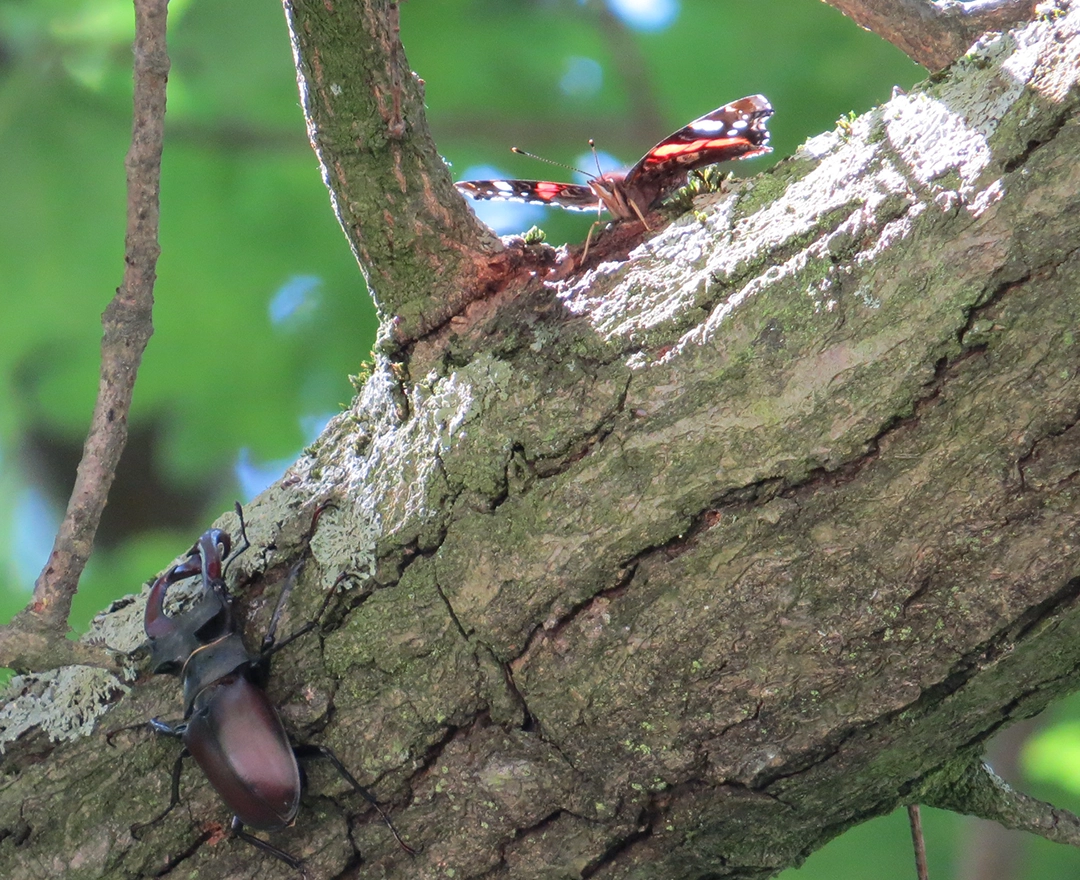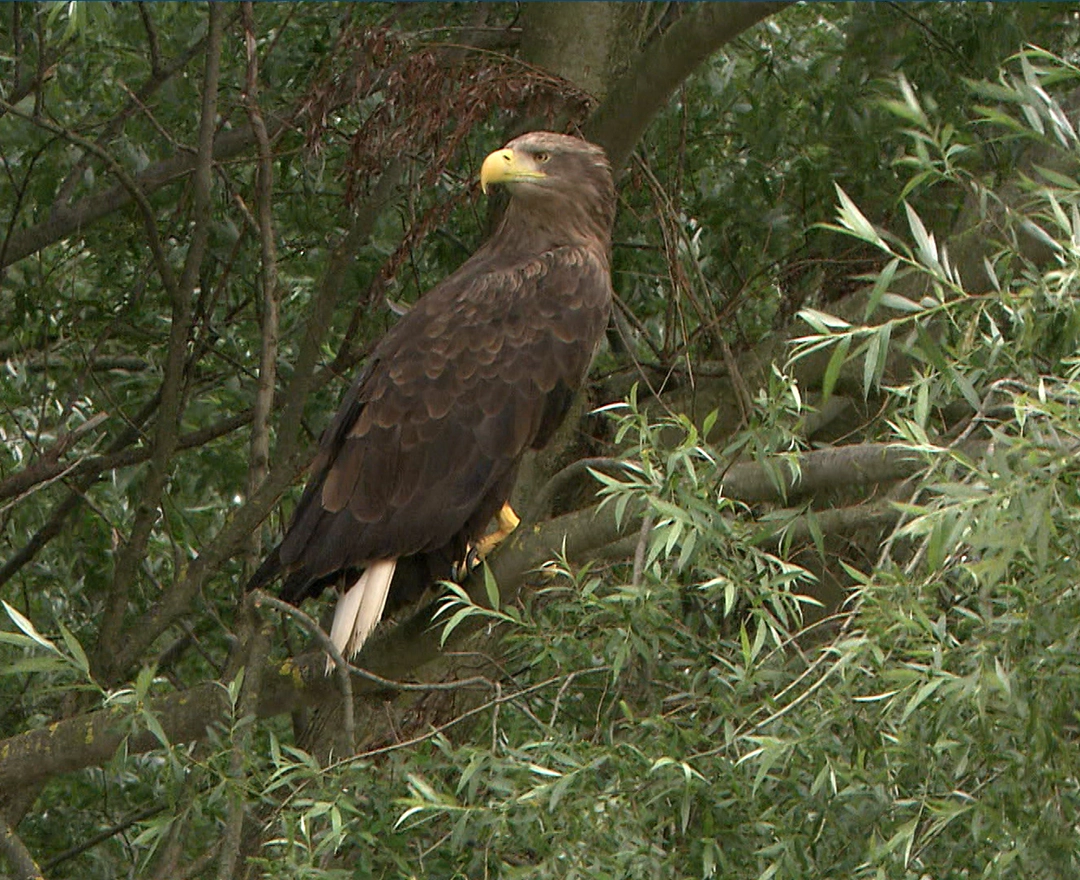Traisen project area
The LIFE+ project implemented measures in the area between the Danube and the formerly constructed Traisen Canal and created a completely new Traisen river with surrounding riparian zones and a large estuary zone on the Danube over a length of approx. 10 km. Around the Altenwörth power plant, the water of the Traisen was diverted into this new riverbed. The old channel remained in place to provide relief during major floods and as backwaters. The LIFE+ project created the NEW lower course of the Traisen, which is not a revitalization of an old section of the river, but a new creation of dynamic river and floodplain habitat.





